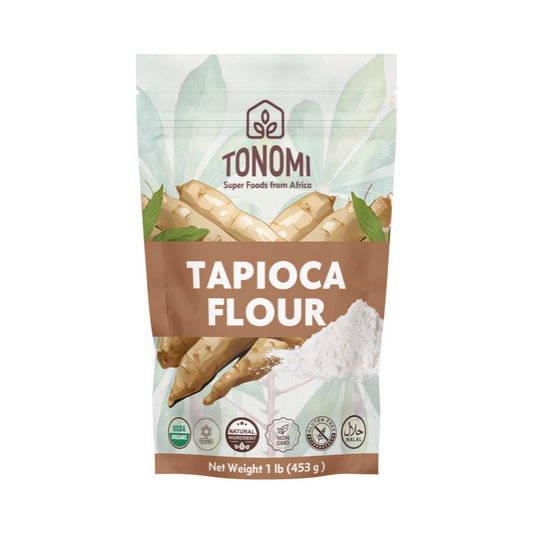Recipe Note
Instructions
Step 1: Cook the Pasta
Begin by cooking the pasta according to the package instructions. Use a large pot of salted water to ensure the pasta is well-seasoned. Cook until the pasta is al dente, meaning it should be tender but still have a slight bite to it. Once done, drain the pasta and set it aside.
Step 2: Prepare the Cheese Sauce
In a medium-sized saucepan, heat the milk over medium heat until it begins to steam, but do not let it boil. Boiling can cause the milk to curdle. If using half-and-half or heavy cream, follow the same process.
Once the milk is hot, reduce the heat to low and gradually add the shredded cheddar cheese, one handful at a time. Stir continuously to ensure the cheese melts smoothly and doesn't clump. Patience is key here; adding the cheese too quickly can result in a lumpy sauce.
After the cheddar has melted, add the shredded mozzarella cheese if using. Continue stirring until the sauce is creamy and smooth.
Step 3: Add Butter and Seasonings
Add the butter to the cheese sauce and stir until it melts completely. The butter adds richness and helps create a silky texture.
Next, stir in the Dijon mustard, garlic powder, and onion powder if using. These ingredients add depth and complexity to the flavor of the sauce. Season with salt and pepper to taste. Remember, cheese can be quite salty, so taste the sauce before adding extra salt.
Step 4: Combine Pasta and Sauce
Once the cheese sauce is ready, pour it over the cooked pasta. Stir gently to ensure all the pasta is coated with the luscious cheese sauce. If the sauce seems too thick, you can add a splash of milk to reach your desired consistency.
Step 5: Serve
Your flourless mac and cheese is now ready to be enjoyed. Serve it hot, garnished with a sprinkle of freshly ground black pepper or a dash of paprika for color. For a crunchy topping, consider adding toasted breadcrumbs or crushed crackers on top before serving.
Tips for the Perfect Flourless Mac and Cheese
Cheese Choices: Experiment with different cheese combinations. While cheddar is classic, mixing in cheeses like Gruyère, Fontina, or Gouda can elevate the flavor.
Heat Management: Keep the heat low when making the cheese sauce to prevent it from breaking. If the sauce gets too hot, the cheese can separate and become grainy.
Pasta Cooking: Don’t overcook the pasta. Al dente pasta holds up better and provides a nice texture contrast to the creamy sauce.
Stirring: Stir the cheese sauce continuously while adding the cheese to ensure a smooth, creamy texture.
Make Ahead: This mac and cheese can be made ahead of time. Store it in the refrigerator and reheat gently on the stovetop or in the microwave, adding a splash of milk to revive the creaminess.
Variations and Add-Ins
Mac and cheese is a versatile dish that can be customized in countless ways. Here are some ideas to make it your own:
Protein Add-Ins
Chicken: Add cooked, shredded chicken for a protein boost.Bacon: Crumbled cooked bacon adds a smoky, savory flavor.Ham: Diced ham pairs wonderfully with the creamy cheese sauce.
Vegetables
Broccoli: Steamed broccoli adds color and nutrients.Peas: Sweet peas are a classic addition that complements the cheesy sauce.Spinach: Fresh or frozen spinach adds a healthy twist.
Spices and Herbs
Paprika: Smoked paprika adds a hint of smokiness.Nutmeg: A pinch of nutmeg enhances the creaminess of the cheese sauce.Chives or Parsley: Fresh herbs add a pop of color and freshness.
Gourmet Touches
Truffle Oil: A drizzle of truffle oil adds a luxurious touch.Lobster: For a decadent treat, add chunks of cooked lobster.
Troubleshooting Common Issues
Despite its simplicity, mac and cheese can sometimes encounter a few issues. Here are solutions to common problems:
Sauce Too Thick
If your cheese sauce turns out too thick, add a bit more milk or cream, a little at a time, until you reach the desired consistency.
Sauce Too Thin
If the sauce is too thin, try adding more cheese. Alternatively, let the sauce simmer on low heat to reduce and thicken it. Avoid high heat, which can cause the sauce to break.
Grainy Sauce
Grainy sauce usually results from the cheese sauce being heated too quickly or the cheese not being added gradually. Ensure the milk is hot but not boiling and add the cheese slowly, stirring constantly.
Bland Flavor
If the mac and cheese tastes bland, check the seasoning. Cheese can vary in saltiness, so you may need to add a bit more salt. The optional Dijon mustard, garlic powder, and onion powder also enhance the flavor.
Conclusion
Making mac and cheese without flour is a straightforward process that results in a creamy, delicious dish that everyone can enjoy. By focusing on quality ingredients and proper technique, you can create a comforting meal that doesn’t require a roux. Whether you’re avoiding flour for dietary reasons or simply want a quick and easy recipe, this flourless mac and cheese is sure to become a favorite. Experiment with different cheeses, add-ins, and seasonings to make it uniquely yours. Enjoy the creamy, cheesy goodness in every bite!
 Sold out
Sold out





